2-Day: Certified Clinical Telemental Health Provider Training – MELISSA WESTENDORF (Digital Seminar)
Description:
Become a Certified Clinical Telemental Health Provider (CTMH) faster and easier than you ever thought possible!
Providing telehealth services is a must for today’s clinician, allowing you to effectively expand your practice and reach clients even when they can’t come to your office.
But you’re worried that the quality of your treatment could suffer and your license could be put at risk navigating complicated ethical, legal and technological issues you never thought you’d need to face.
This 12-hour Certification Training Course makes telehealth easy with the skills, knowledge, business advice, and technical guidance you need to get started right away!
Get the solutions you’ve been looking for so you can:
- Confidently set up the technology and tools you need to start providing telehealth services
- Successfully adapt in-room practices to the telehealth space!
- Avoid violating HIPAA and HITECH requirements and protect clients’ privacy
- Market your new services and grow your practice
- Correctly handle billing and recordkeeping
- Make sure you get paid for your telehealth services!
- Protect yourself from telehealth mistakes that could cost you your license
Purchase today, enhance your clinical practice, and fundamentally improve the lives of your clients as a Certified Telemental Health Provider (CTMH)!
Outline:
Research about Telehealth Services
- Here to stay
- It works
- Benefits
Application of Ethical Codes
- Psychologists, social workers, professional counselors
- Building competence
- Technology appropriateness examples
HIPAA
- HIPAA and HITECH
- HIPAA and small providers
- Violations and why they occur
State Law Applications
- State interests for the pros and cons for permitting telehealth
- Cohesive incoherence
- Examples of statutory guidance
- Risk management guidelines
- Interjurisdictional practice
Efforts to Improve Telehealth Interjurisdictional Practice
- PsyPact
- Others
- Checklist of questions to determine if you can practice across statelines
Case Examples for Using Various Forms of Telehealth Best practices for telehealth
- Selecting the appropriate tools
- Utilizing ATA guidelines
- Clinical – patient and setting appropriateness
- Technical – The setting, camera, microphones, and lighting
- Administrative – connectivity, training
- Practical solutions for your therapy
Processes & Procedures
- The intake process
- Informed consent – sample plan, key topics to cover
- Emergency and crisis plans – what to include, medical issues, sample plan
Delivery Platforms Keeping Ethics/HIPAA in Mind
- Asynchronous platforms
- Common elements
- Concerns with platform
- Synchronous therapy
- All-in-one services
- Email and texting safely
- Pros and cons
- HIPAA requirements
- Encryption
- Password protection
- VPN
- Electronic communication policy
- Hardware and software safety
Screening and Suitability of the Client
- Benefits of telehealth Services
- Evidenced-based research
- Patient and setting contraindications
- The intake, mental status exam, and ongoing Evaluation
- Assessment with clients
Professional Boundary Considerations
- For the client
- For the clinician
- Crossings versus violations
- Recommendations for maintaining professional boundaries
- Licensing board complaint examples
- Red Flags for Therapist
- Strategies to Avoid Red Flags
- Recommendations for improving the therapist’s telehealth experience
- Additional Resources
Multicultural Considerations
- Issues to consider
- Geography, settings, populations
- Seeking guidance
Theoretical Considerations for Telehealth
- Evidence-based support
- Which models transition well
Self-Care for the Clinician
- Ethics application
- Causes of burn out
- Warning signs in therapists
- Characteristics of effective self-care
- Strategies and techniques
- Resources
Dos and Don’ts of Social Media
- Using social media to your advantage
- The required social media policy
- Social media and boundaries
The Era of Electronic Records
- Development of the electronic record
- Electronic document storage
- Electronic document destruction
Reimbursement
- Medicare/Medicaid
- Private payer
FITNESS – HEALTH – MEDICAL Course
More information about Medical:
Medicine is the science and practice of establishing the diagnosis, prognosis, treatment, and prevention of disease.
Medicine encompasses a variety of health care practices evolved to maintain and restore health by the prevention and treatment of illness.
Contemporary medicine applies biomedical sciences, biomedical research, genetics, and medical technology to diagnose, treat, and prevent injury and disease,
typically through pharmaceuticals or surgery, but also through therapies as diverse as psychotherapy, external splints and traction, medical devices, biologics, and ionizing radiation, amongst others.
Medicine has been around for thousands of years, during most of which it was an art (an area of skill and knowledge) frequently having connections to the religious and philosophical beliefs of local culture.
For example, a medicine man would apply herbs and say prayers for healing, or an ancient philosopher and physician would apply bloodletting according to the theories of humorism.
In recent centuries, since the advent of modern science, most medicine has become a combination of art and science (both basic and applied, under the umbrella of medical science).
While stitching technique for sutures is an art learned through practice.
The knowledge of what happens at the cellular and molecular level in the tissues being stitched arises through science.
Preview Information:
Original Page
Archive Page
More Course: FITNESS – HEALTH – MEDICAL
Outstanding Course:2-Day: Certified Compassion Fatigue


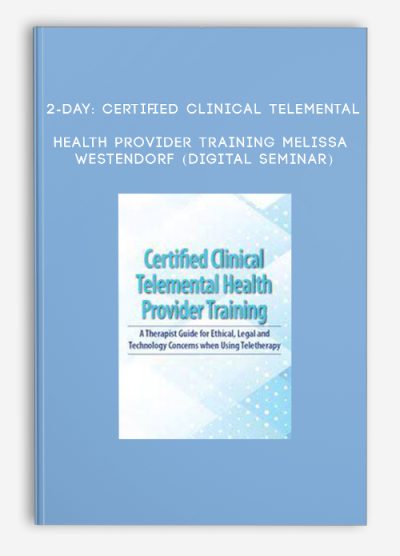
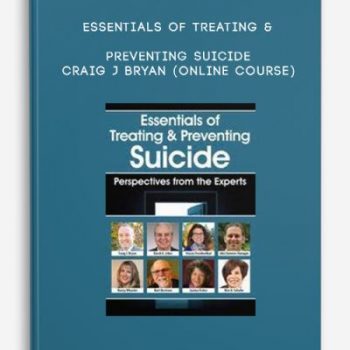
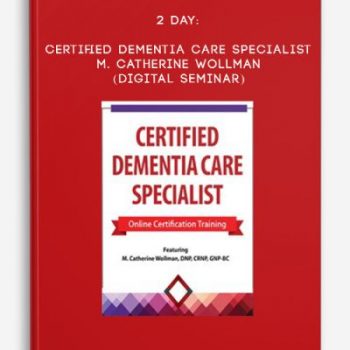
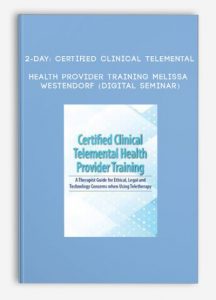
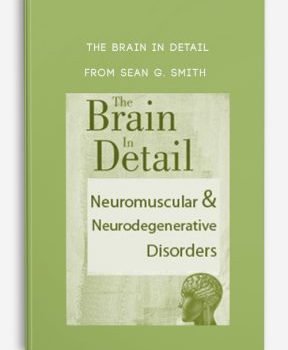
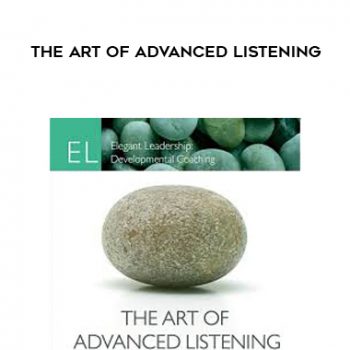
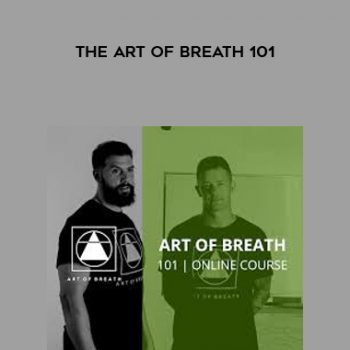



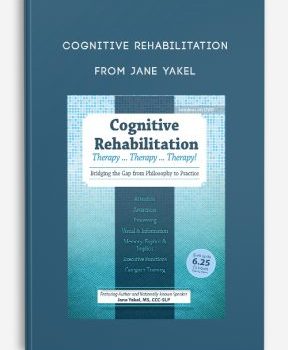
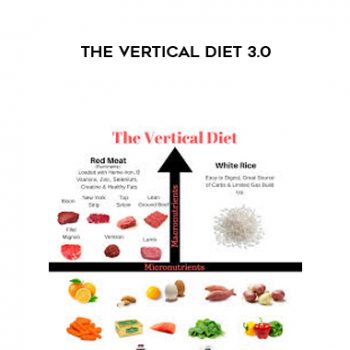
Lord –
This is Digital Download service, the course is available at Vincourse.com and Email download delivery.